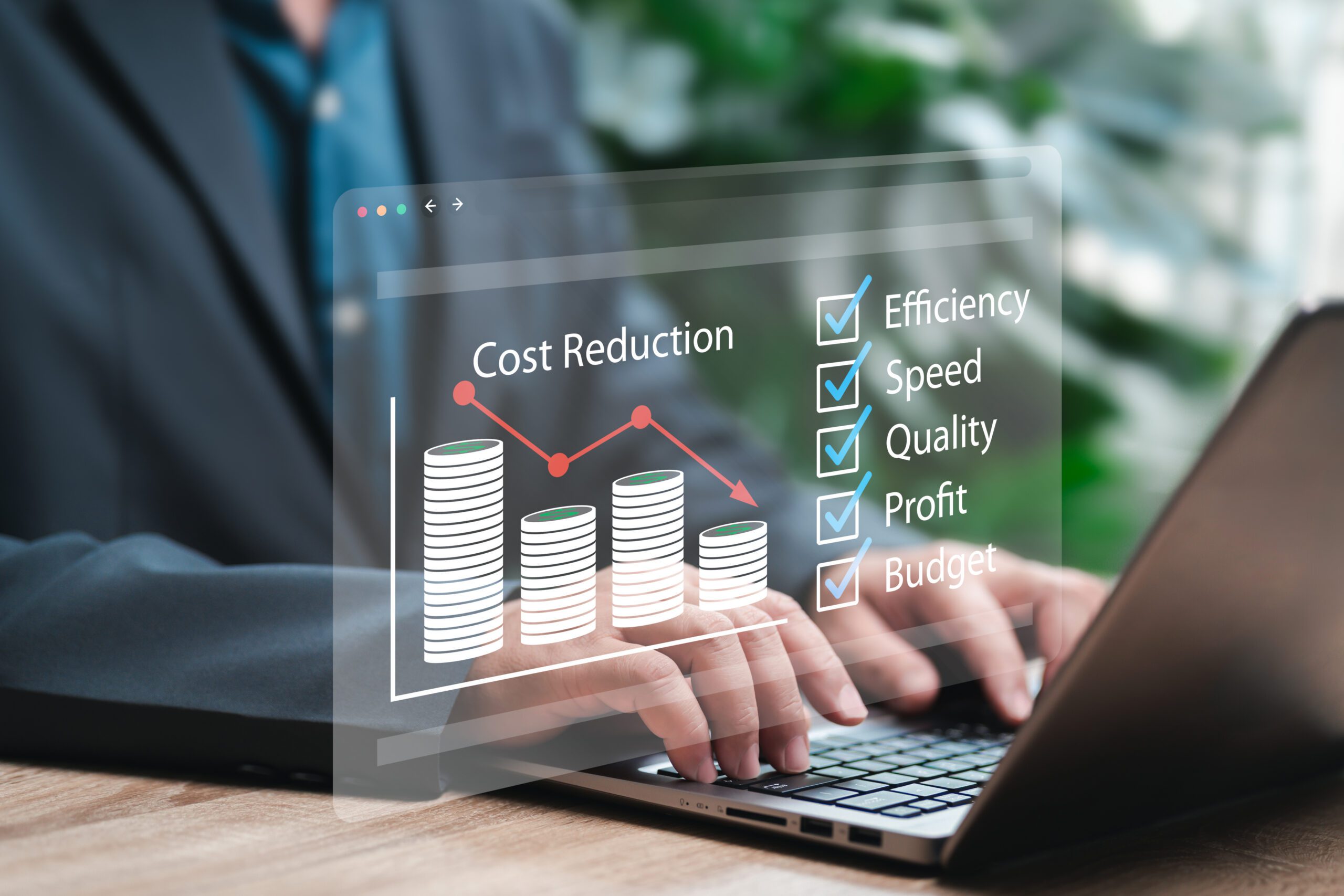What Are Conditions of Employment?
Conditions of employment refer to the terms, rules, and expectations that define the relationship between an employer and an employee. These conditions are typically outlined in employment contracts, company policies, or collective agreements, and they govern how, when, and under what circumstances work is performed.
Common examples of conditions of employment include:
-
Working hours and schedules
-
Wages, salary, and benefits
-
Job responsibilities and duties
-
Leave entitlements (e.g., vacation, sick leave, parental leave)
-
Health and safety requirements
-
Notice periods and termination clauses
-
Remote work or location expectations
These conditions may vary based on local labor laws, company policies, the nature of the job, and whether the role is full-time, part-time, temporary, or contract-based.
Why Are Conditions of Employment Important?
Conditions of employment are essential because they establish clear expectations and protections for both employees and employers. Here’s why they matter:
-
Legal Compliance: Properly defined conditions ensure that the organization complies with labor laws, reducing the risk of legal disputes or penalties.
-
Clarity and Transparency: Clearly stated terms help prevent misunderstandings and set the tone for a professional and respectful working relationship.
-
Employee Protection: They safeguard employee rights, such as fair pay, safe working environments, and access to leave or benefits.
-
Employer Protection: Conditions also protect employers by outlining performance expectations, codes of conduct, and procedures for addressing issues like absenteeism or misconduct.
-
Workplace Harmony: When everyone understands their rights and responsibilities, it contributes to a more organized, productive, and positive workplace culture.
In summary, well-structured conditions of employment are the foundation of a positive and legally sound employment relationship.




